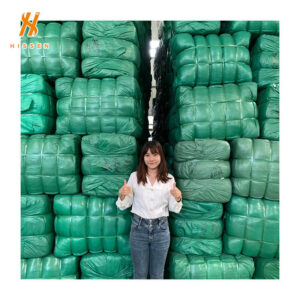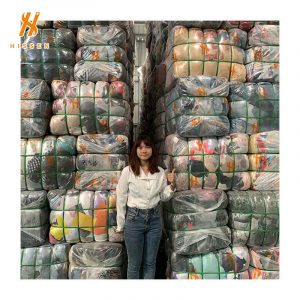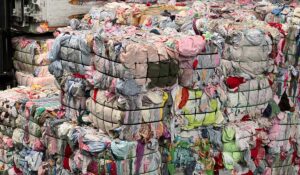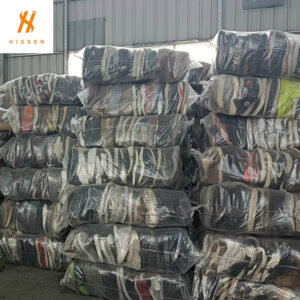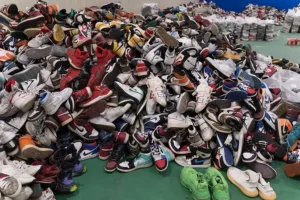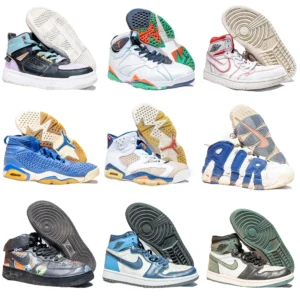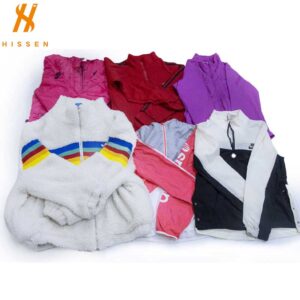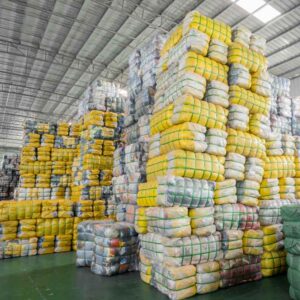Used clothing may be an important direction for future independent stations

Used cloth future may be an important direction for future independent stations, The Guardian view on second-hand clothing: the thrill of the old
“Nothing changes owners more frequently than clothes. They move downwards (from one level to another) with surprising regularity in the social class,” said reporter Adolphe Smith in 1877. When tracing the development of a garment, he wrote: A piece of clothing has to go through repeated washing, repairing, and reselling. Finally, when it is no longer suitable for wearing, these fibers are recycled into new clothes available to use by the wealthy.
In the age of fast fashion, this model is almost incomprehensible. British consumers buy an average of four items a month, usually at the price of pocket money; although the low prices are a godsend for those who feel the pinch, many items are discarded after a few times of wearing or even being new. According to the report from Clothing Aid, there are 350,000 tons of used, but still, wearable clothes are thrown into landfills in the U.K. every year.
Learn more
Media reports
Some foreign media reported that the expansion rate of the second-hand clothing market in 2019 is 21 times that of traditional clothing retail, and the value of the second-hand clothing market in the United States is expected to more than triple in the next 10 years— from $28 billion in 2019 to $80 billion in 2029.
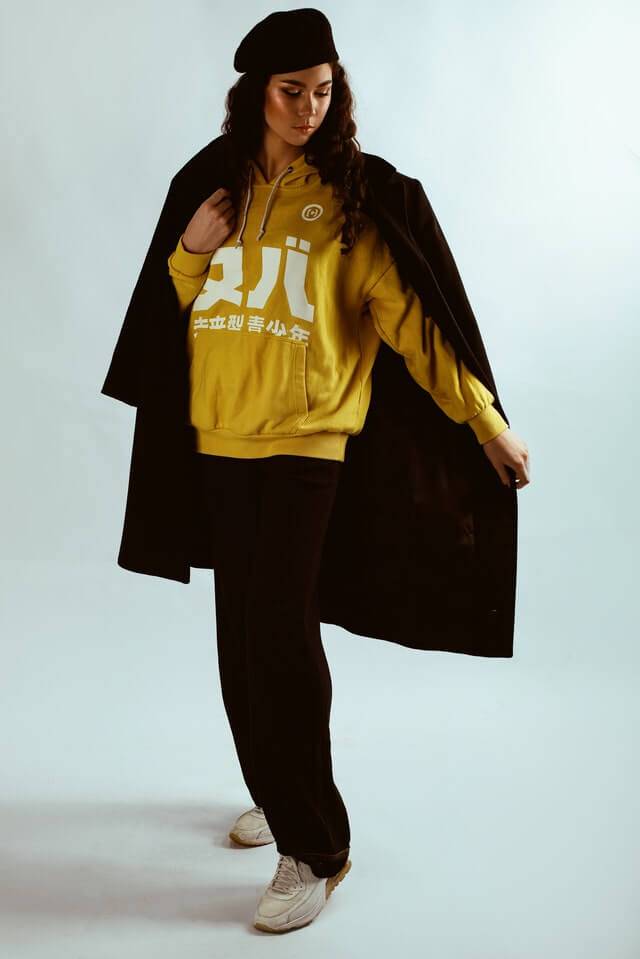
Cheaper and more environmentally friendly second-hand clothing may bring a profound change to the global apparel industry, and the fast-fashion business model featured by cheap and disposable clothing will be reshaped.
Second-hand clothing may be an important direction for independent stations in the future
Fast fashion has grown exponentially over the past 20 years. Its pattern has significantly changed as merchants produce more clothes at a fast distribution speed to encourage consumers to buy them at low prices. However, in contrast to the fast fashion consumer model, which has been continually criticized as environmental awareness has awakened in recent years, the second-hand clothing trend may potentially reduce the adverse impact of the industry on the planet.
Used cloth future: Environmental
The fashion industry has long been associated with environmental issues. Surveys show that less than 1% of the raw materials used to make clothes are recycled for new garments, which may cause a loss of $500 billion each year. Besides, the textile industry produces more carbon emissions than a sum of the aviation and shipping industries. About 20% of the world’s water pollution is caused by wastewater generated during textiles’ production and finishing processes.
However, purchasing second-hand clothing provides consumers with a more environmentally friendly choice. Unlike cheap fast-fashion products, high-quality second-hand clothing has a longer service life. The rise of second-hand clothing is a certain degree of environmental triumph.
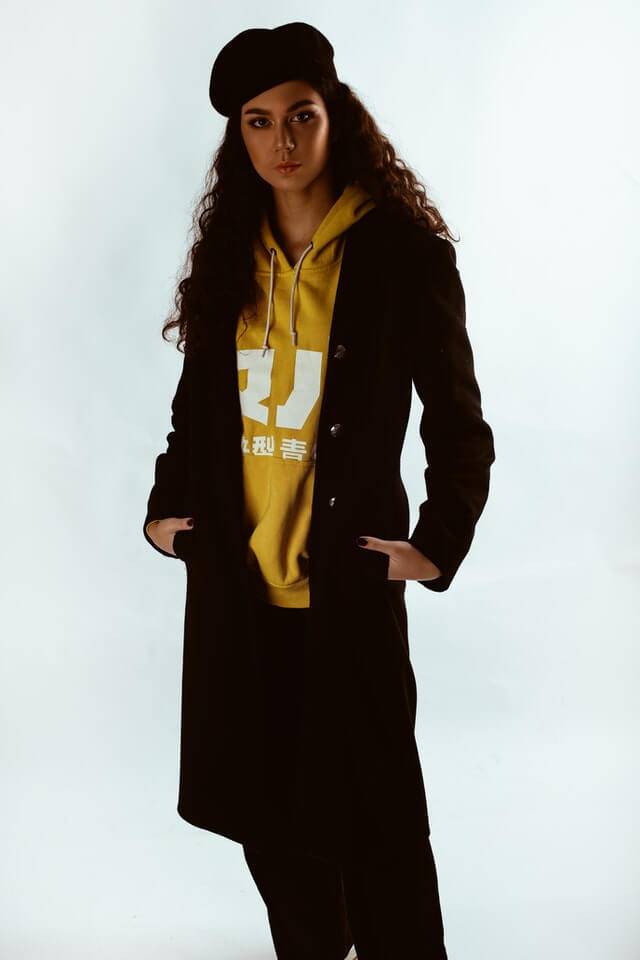
In addition, there is a trend of “fashion flipping,” especially among younger consumers. Unlike the traditional views of shabby and undignified, many consumers believe that second-hand clothing is of the same quality or even better than unworn clothing.
Impact of the outbreak(used clothes future)
Under the influence of the epidemic, the global economic downturn seems to have promoted the second-hand clothing trend. During this period, consumers not only reduced their consumption of non-essential items such as clothing, but also lowered their budgets for a single piece of clothing.
Now, it is just a way of life. Busy families sell discarded items on eBay, teenagers trade on Depop, and fashion insiders offer designer labels on Collective (they sell designer brands on Collective). What’s striking is that this business is large enough that mainstream retailers also want to get a piece of the pie.

Used cloth future: H&M
H&M’s Cos has launched a resale service on its website. Selfridges already has a vintage channel. Asda announced last week that it will sell second-hand clothing in 50 supermarkets after a successful pilot program.

Paying more attention to second-hand goods and marketing them in conjunction with environmental concepts may be a new idea for independent station sellers to select products.
Transforming the way we protect the environment
But this shift is only a partial solution. One concern is that mainstream brands may use relatively small amounts of second-hand goods to improve their image in the name of green and environmental protection. Rather than conscientiously participating in sustainable development. Another concern is that public welfare projects are likely to suffer losses when people begin to resell their idle clothes instead of donating them.
click here to know more
Perhaps the major concern is that people will continue to buy once they know they can resell these goods. They will feel less guilty and be satisfied with the fake image of their “rich” bank balance when immersed in the excitement of the next purchase.
Conclusion Used cloth future
The rapid replacement, the times follow, in fact, from the other side to consider the words, this is a major cause of environmental pollution, a large number of second-hand clothes pile up is the best example. Fortunately, it is possible to reduce environmental pollution by exporting used clothes and reusing them through this method.
Learn more

